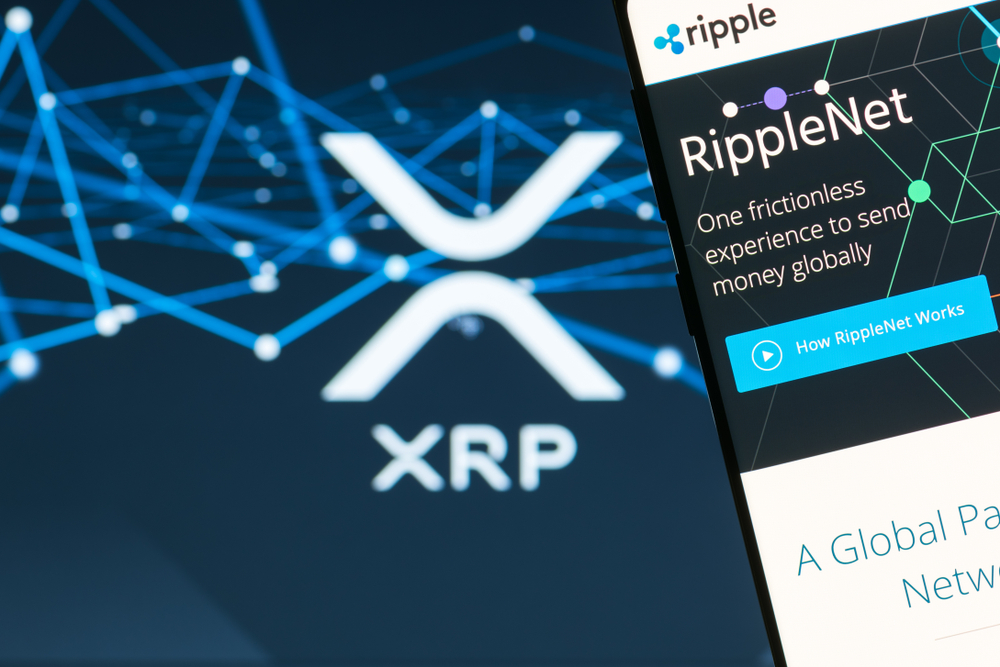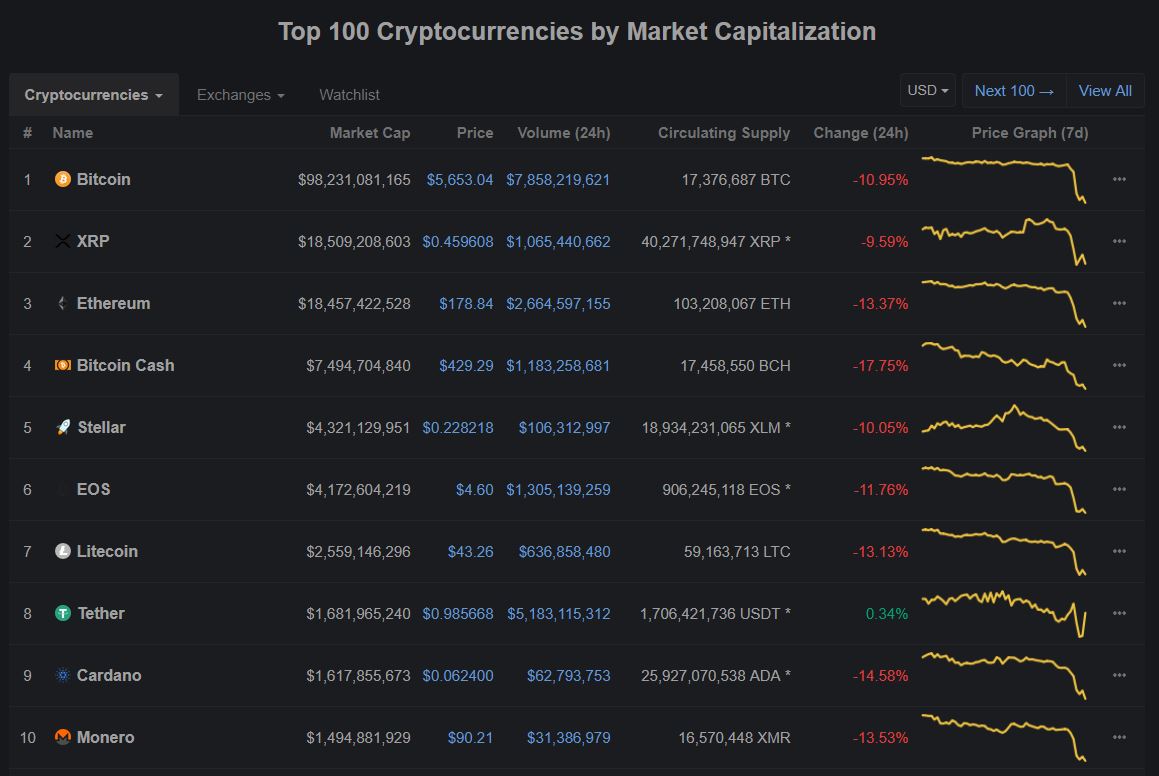
2018-12-21 18:15 |
In the world of cryptocurrency, it is always pertinent to look well beyond what Bitcoin has to offer. Ethereum, although going through a very bothersome year in terms of valuation, has become one of the household names. There are plenty of things to like about Ethereum, although it also has its own set of issues to contend with.
The Ethereum Vision ExplainedUnlike Bitcoin, Ethereum is an ecosystem which primarily focuses on discovering new use cases for blockchain technology. Ethereum is designed to let anyone in the world build “unstoppable applications” by making use of smart contracts. All of these applications can operate without any expected downtime, fraud, or interference by third parties. Decentralized apps, or dApps, are one of the main selling points of Ethereum first and foremost.
What Makes it Appealing?Although it is difficult to define Ethereum as a transactional currency, it can still be used to pay for goods and services like any other form of digital money. However, the main reason why this ecosystem attracts so much attention is because of its focus on blockchain technology. The Ethereum vision has always focused primarily on ensuring blockchain technology succeeds, rather than developing a new payment infrastructure. That vision is more than valid, although Ethereum can easily fit into both categories at the same time.
Developing a smart form of money is not as straightforward as one might think. Because of the strong focus on distributed applications, such a form of smart money comes well within reach. As more use cases for Ethereum’s technology and native currency are discovered, the economy will continue to grow and evolve over time. With the help of the Ethereum Foundation, a Swiss non-profit, the future of Ethereum seems pretty straightforward.
Smart contracts are another key cornerstone of the Ethereum ecosystem. These contracts allow developers to explore many different use cases, including the creation of new currencies or membership systems. All of Etheruem’s smart contracts are written on Solidity, a rather niche programming language designed specifically for this particular ecosystem. One other aspect of smart contracts to explore is the building of democratic autonomous organizations, or DAOs. This is a virtual corporate structure where members vote on issues.
Some Issues to Contend WithAs is usually the case in the world of cryptocurrencies, specific problems are not native to one project. Bitcoin is well-criticized for its lack of scaling, although one could argue Ethereum suffers from similar issues right now. The upcoming Constantinople hard fork will alleviate some of those concerns and pave the foundation for further improvements in the months to come. Until that happens, however, there is a good chance more companies will ditch Ethereum’s infrastructure in favor of more scalable solutions.
What Comes Next?Even though Ethereum has been around for several years now, some of its key problems are only being addressed now. The Constantinople fork is an important cog in the machine in this regard. There is also the potential switch to proof-of-stake, albeit that has been delayed indefinitely for the time being. There is also the recent ProgPOW proposal, which may or may not be introduced at some point in the future. There is still plenty of growth to be achieved by Ethereum in the years to come.
The post What is Ethereum? appeared first on NullTX.
origin »Ethereum (ETH) на Currencies.ru
|
|
















